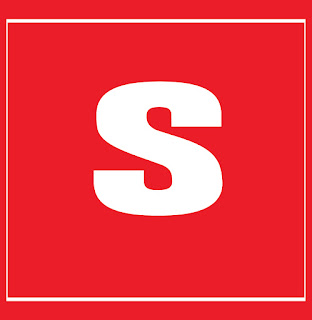The Chromotronic machines, now called the Chromojet M and MS, have been
particularly successful for tile printing, and a typical machine can print eight colours
from a single traversing print head in which are arranged 512 jets (64 jets per colour).
Printing speed depends on the definition (usually 10 or 20 mesh) and the number of
colours to be printed (commonly four for most tile designs); a typical machine runs at
2–4 m min–1 with a print width of 2 m – that is, four tiles side by side. The tiles may be
placed precisely on the transport belt to keep them in register; alternatively, several tile
designs, slightly larger than the finished tile size, may be printed on a larger piece of
carpet which is subsequently cut into tiles. This avoids a problem that can occur when
individual tiles are printed, namely that the very edge of the tile may remain unprinted
owing to the tufts being distorted either prior to, or during, passage under the print
head. This defect is particularly noticeable if a white-base carpet material is being used.
It is more common, particularly when printing logos, to use a predyed carpet as the
base material because tiles can then be laid on the floor with the printed ones
alongside plain ones of the identical ground shade.
Jet printing





Post A Comment:
0 comments: